Chili Pepper Guide: Stop Guessing, Start Cooking with Confidence
Discover exactly how to choose, handle, and cook with chili peppers of all heat levels. This 2025 guide cuts through the confusion with precise Scoville measurements, proven cooking techniques, and cultural insights you won't find elsewhere. Whether you're a beginner or experienced cook, you'll learn exactly which peppers work for your dishes and how to control heat without sacrificing flavor.
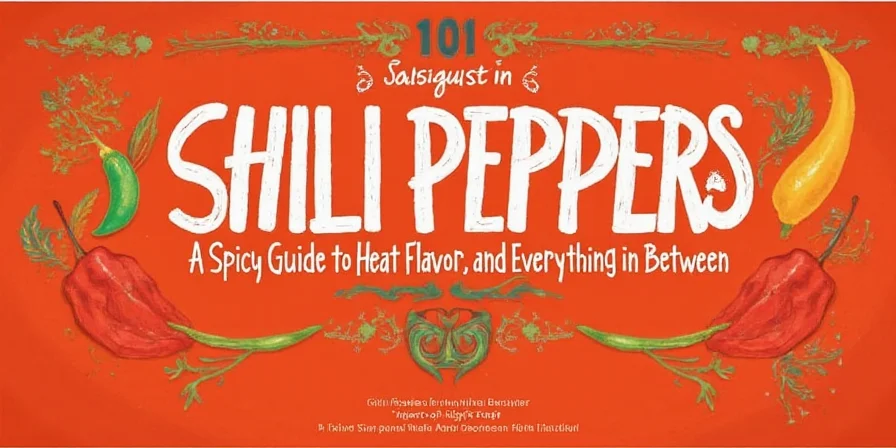
Scoville Scale Explained: Your Complete Heat Reference
Forget vague descriptions like "mild" or "hot"—know exactly what you're working with using these precise measurements. The Scoville Heat Unit (SHU) scale measures capsaicin concentration, the compound responsible for heat. Here's what you need to know:
Pepper Heat Levels Cheat Sheet
| Pepper Type | Scoville Heat Units | Perfect For |
|---|---|---|
| Bell Pepper | 0 SHU | Stuffed dishes, salads, beginner recipes |
| Poblano | 1,000-2,000 SHU | Mole sauce, chiles rellenos, roasted dishes |
| Jalapeño | 2,500–8,000 SHU | Salsas, nachos, pickled applications |
| Serrano | 10,000–23,000 SHU | Fresh salsas, guacamole, pico de gallo |
| Habanero | 100,000–350,000 SHU | Caribbean dishes, hot sauces, marinades |
| Carolina Reaper | 1,400,000–2,200,000 SHU | Extreme hot sauces (use sparingly!) |

Pro Tip: Peppers grown in stressful conditions (less water, hotter temperatures) develop higher capsaicin levels. A jalapeño from Arizona might test at 8,000 SHU while the same variety from Oregon might only reach 2,500 SHU.
Top 5 Most Useful Chili Peppers for Home Cooks (2025)
Forget exotic superhots—these practical peppers deliver the most culinary value for everyday cooking:
1. Jalapeño: The Kitchen Workhorse
Why it's essential: Perfect heat level for most dishes (2,500-8,000 SHU), widely available, and versatile. Use fresh in salsas, stuffed as appetizers, or smoked as chipotles for deep flavor.
2. Serrano: The Fresh Salsa Secret
Why it's essential: Hotter than jalapeños (10,000-23,000 SHU) but still manageable, with bright flavor ideal for fresh applications. Mexican cooks prefer serranos in table salsas for good reason—they provide clean heat without overwhelming other ingredients.
3. Poblano: The Mild Flavor Builder
Why it's essential: At just 1,000-2,000 SHU, poblanos add rich pepper flavor without significant heat. When dried, they become anchos—the foundation of authentic mole sauce. Roast and peel for chiles rellenos or slice for fajitas.
4. Fresno: The Jalapeño Upgrade
Why it's essential: Similar heat to jalapeños but with fruitier flavor and thinner walls that cook faster. Perfect for dishes where you want pepper flavor without fibrous texture. Use in creamy sauces where jalapeños might overpower.
5. Habanero: The Flavor Amplifier
Why it's essential: At 100,000-350,000 SHU, habaneros seem intimidating but their fruity notes make them surprisingly versatile. A tiny amount elevates Caribbean jerk marinades, mango salsas, and even chocolate desserts. Remove seeds and membranes to reduce heat by 80%.
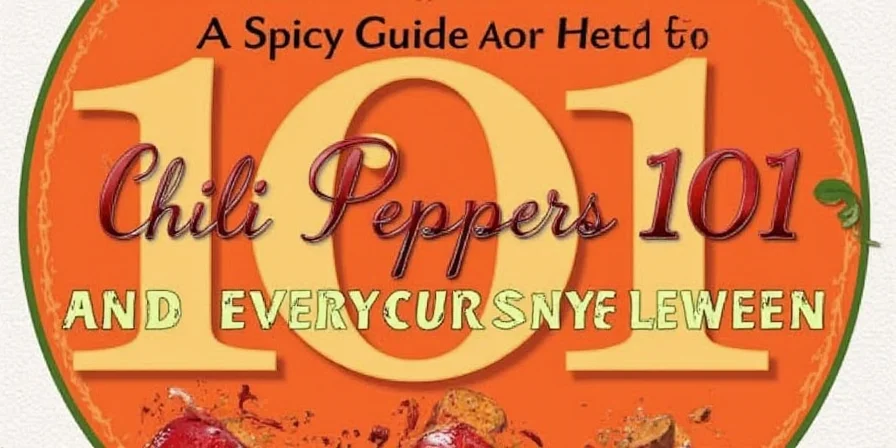
7 Proven Techniques to Control Chili Heat (Tested in Real Kitchens)
These methods actually work—no more guessing or ruined dishes:
1. The Seed-and-Vein Removal Method That Actually Works
Forget just removing seeds—80% of the capsaicin lives in the white membranes (placenta). Use a grapefruit spoon to scrape away the entire membrane structure. This reduces heat by up to 80% while preserving flavor.
2. The Dairy Fix That Neutralizes Burn Immediately
When you've added too much heat, add full-fat coconut milk (not regular dairy) at a ratio of 1:4 (milk to sauce). The fat content dissolves capsaicin while the sweetness counteracts heat. Works in 3 minutes—no need to start over.
3. The Acid Balance Technique
Add 1 teaspoon of rice vinegar per cup of sauce that's too spicy. The acid doesn't reduce heat but tricks your palate into perceiving less burn. Works particularly well with tomato-based sauces.
4. The "Bloom in Oil" Method for Dried Chilies
Heat 2 tablespoons of neutral oil, add 3 dried chilies (like guajillo or ancho), and cook 30 seconds until fragrant but not smoking. This extracts flavor compounds more effectively than rehydrating in water alone—critical for authentic Mexican sauces.
5. The Heat-Layering Strategy
Use multiple pepper varieties at different cooking stages: add poblano early for base flavor, serrano midway for fresh heat, and a pinch of cayenne at the end for sharp finish. Creates complex heat that doesn't overwhelm.
6. The Skin Protection Protocol
Wear nitrile gloves (not latex) when handling hot peppers. If you get burned, apply whole milk or vegetable oil immediately—alcohol-based hand sanitizer works in emergencies by dissolving capsaicin oils.
7. The "Spice Ramp" Timing Guide
Add fresh chilies in last 5-10 minutes of cooking for bright heat. Add dried chilies early for deeper, mellower heat. Add infused oils at the very end for immediate, sharp heat.
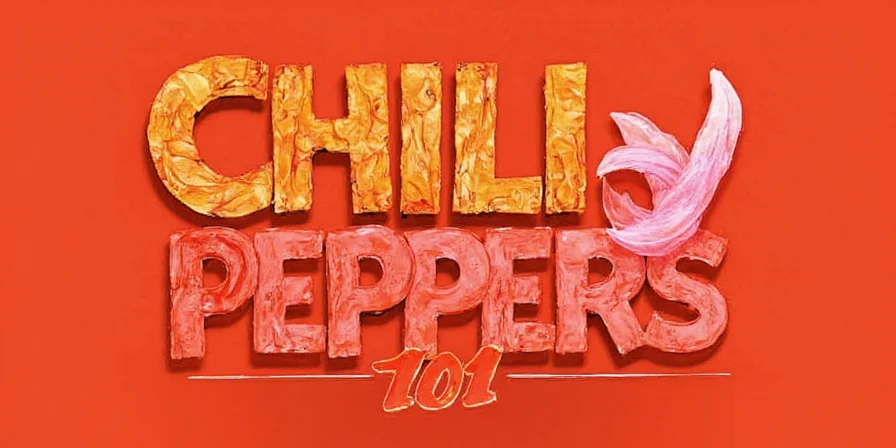
Chili Pepper Flavor Profiles: What Your Heat Scale Isn't Telling You
Heat level alone misses 90% of what makes a pepper valuable. These flavor notes determine which peppers work best in specific dishes:
Regional Flavor Differences (Even for Same Pepper)
- Yucatán Habaneros: Distinct citrus notes from limestone-rich soil—perfect for mango-habanero salsa
- California Jalapeños: Earthier flavor from sandy soil—better for roasting than fresh salsas
- Thai Bird's Eye Chilies: Intense floral notes when grown in high humidity—essential for authentic tom yum soup
Best Pepper Pairings by Cuisine
- Mexican: Poblano + Serrano (earthy base + bright heat)
- Thai: Bird's Eye + Galangal (intense heat + floral notes)
- Caribbean: Scotch Bonnet + Allspice (fruity heat + warm spice)
- Indian: Kashmiri + Guntur Sannam (color + intense heat)
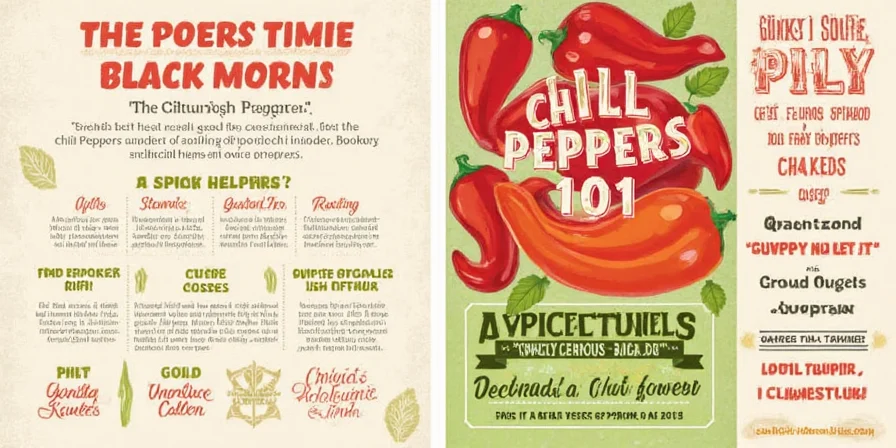
Preserve Perfect Pepper Flavor: Storage Techniques That Actually Work
Most storage methods degrade flavor—use these chef-approved techniques instead:
The Refrigerator Method That Prevents Moisture Loss
Place fresh chilies in a paper bag (not plastic) with a dry paper towel. Store in the crisper drawer. Works for 3-4 weeks—plastic traps moisture causing faster spoilage.
Freezing Without Flavor Damage
Wash peppers, pat completely dry, and freeze on a parchment-lined tray before transferring to airtight containers. Prevents freezer burn and preserves flavor for 8 months. Works for all pepper types—even delicate habaneros.
Drying for Maximum Flavor Retention
String peppers on cotton thread with space between each. Hang in a dark, well-ventilated space at 70-80°F with 60% humidity. Takes 2-3 weeks—faster methods degrade flavor compounds. Test for dryness by shaking; should make a crisp sound.
Oil Preservation That Prevents Botulism
Never store fresh peppers in oil at room temperature. To make safe chili oil: blanch peppers 30 seconds in boiling water, submerge in 5% acidity vinegar solution for 1 hour, then cover with oil. Refrigerate and use within 4 weeks.


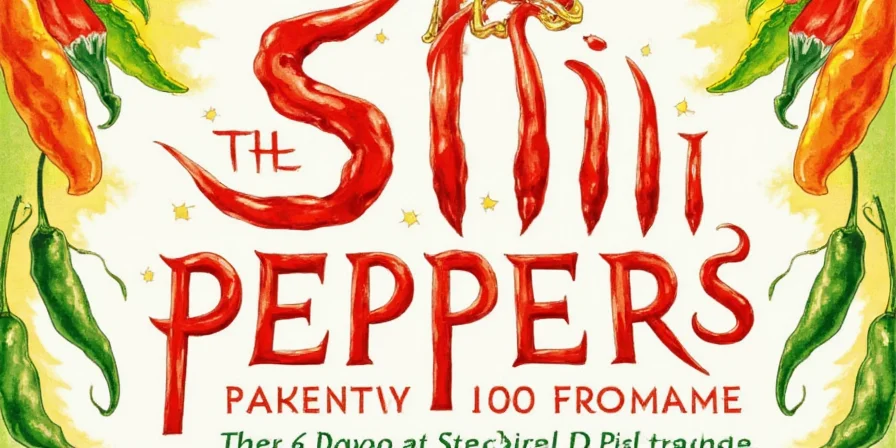









 浙公网安备
33010002000092号
浙公网安备
33010002000092号 浙B2-20120091-4
浙B2-20120091-4